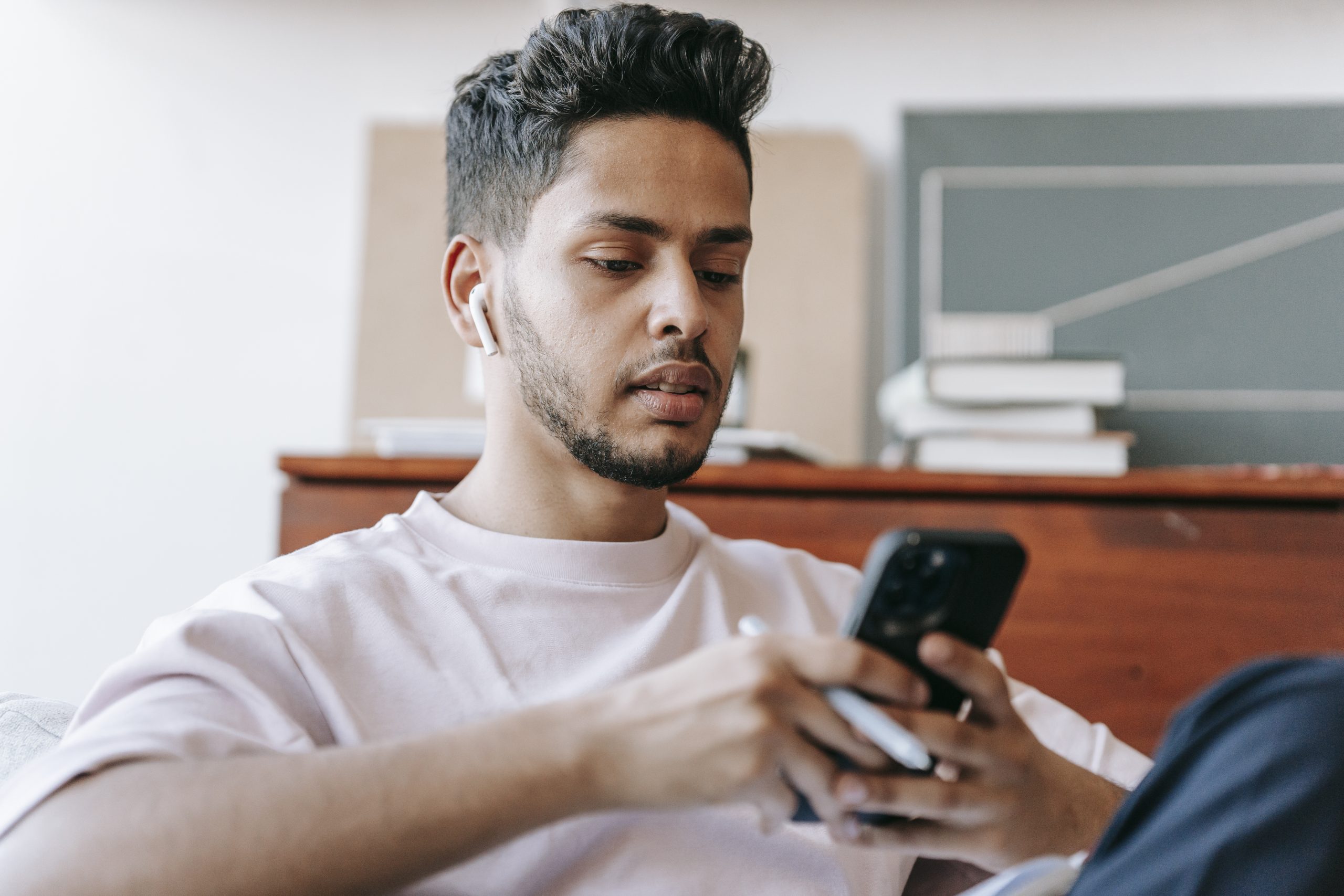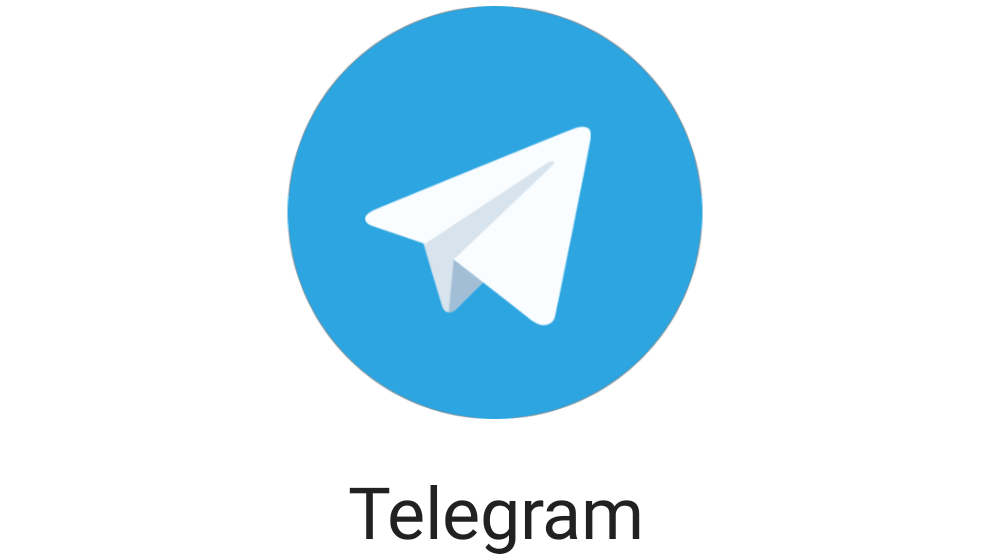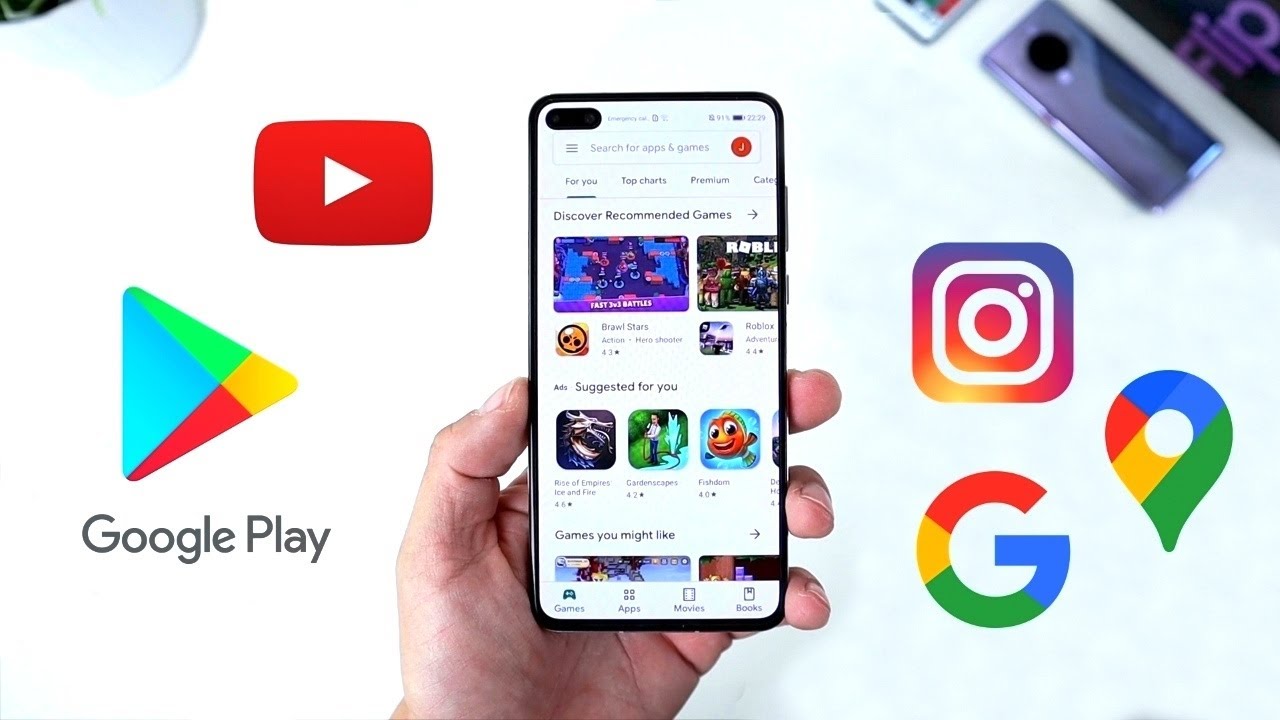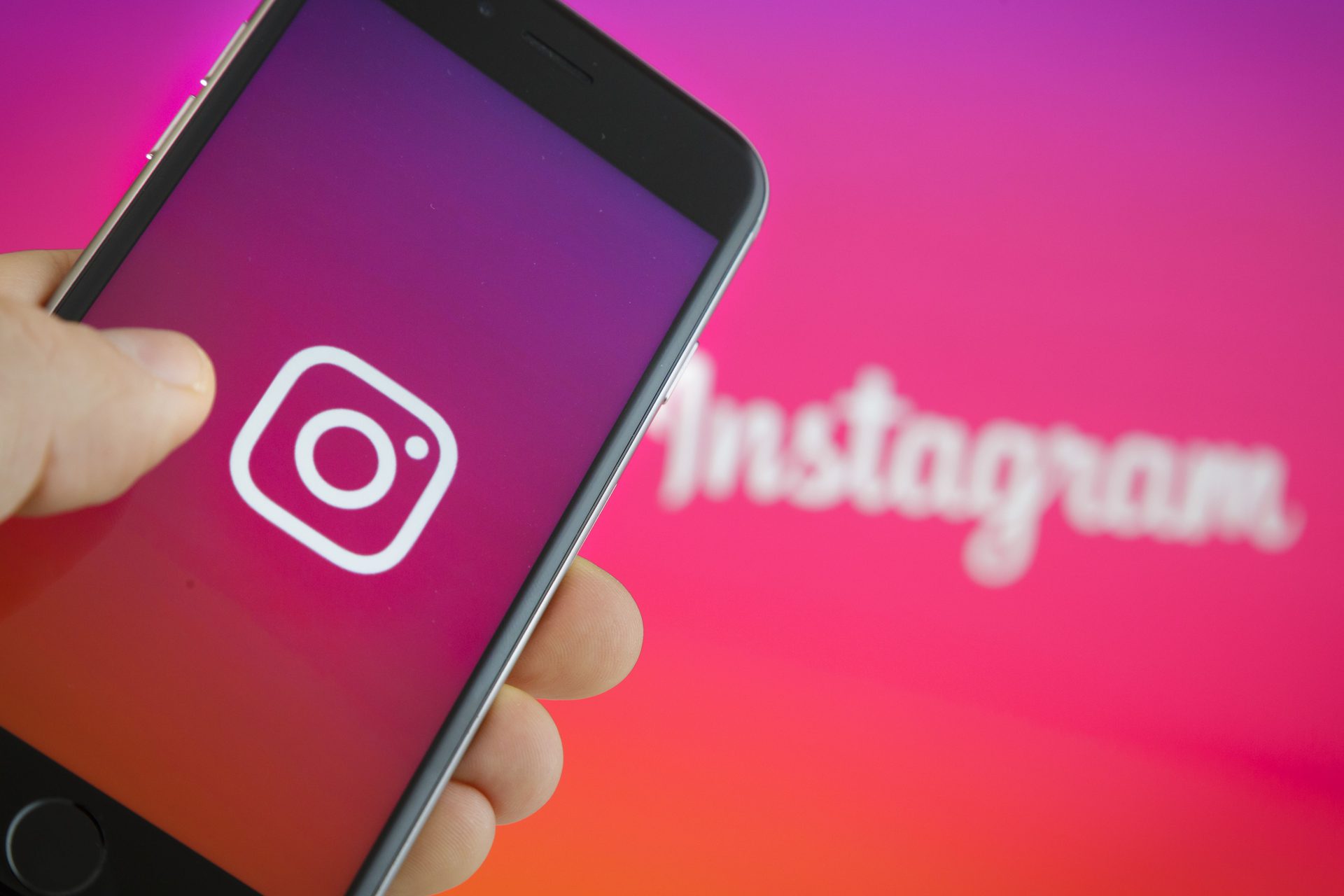So, you’ve recently purchased a phone from a private seller, only to find out that it’s blacklisted. This means that the phone has been flagged by a carrier due to negative incidents like non-payment, theft, or fraudulent activities. As a result, the phone is no longer usable on its original network and is considered useless by most carriers. However, there are still some options available to you if you find yourself in this situation. In this guide, we’ll explore what a blacklisted phone is, why it gets blacklisted, and how you can potentially unlock it or troubleshoot the issue.
What is a Blacklisted Phone?
A blacklisted phone is a device that has been labeled as unusable by a carrier due to certain negative events. Typically, this occurs when the original account owner stops paying for the device, reports it as stolen or lost, or engages in fraudulent activities. When a phone is blacklisted, it can no longer connect to its original network or be unlocked for use on another network within the United States.
It’s important to note that new phones are rarely blacklisted or reported as lost or stolen. However, if you purchase a used phone that is blacklisted, you may still be able to activate it temporarily. After a short period of time, though, the phone will be kicked off the network, rendering it useless. Carriers typically blacklist the phone’s unique identifier, known as the IMEI (International Mobile Equipment Identity) or the serial number, and this identifier cannot be changed.
Are Blacklisted Phones Completely Useless?
While blacklisted phones are generally considered useless, there are still some options available to make use of them. If you’ve already purchased a blacklisted phone, here are a few potential solutions:
1. Third-Party Services
One option is to use a third-party unlocking company that specializes in bypassing blacklists or unlocking blacklisted phones. These companies can often unlock the phone, allowing you to use it on networks outside of the United States. However, it’s important to note that you will never be able to use the phone on a U.S. cellular network again, regardless of the unlocking method used.
For iPhone users, there are specific third-party services that can remotely unlock blacklisted iPhones. This process involves providing the phone’s IMEI number to the service, and they will permanently unlock the device, preventing it from being blacklisted again. These services generally support various iPhone models, including iPhone 4 and 4s, iPhone 5, 5c, and 5s, iPhone SE (1st generation), iPhone 6, 6s Plus, and 6s, iPhone 7, iPhone 8, iPhone X and XS, and other iPhone models.
If the phone you want to unlock is not an iPhone, don’t worry. There’s another option you can explore.
2. Contact the Carrier for Blacklist Removal
As a private buyer, you may have the option to contact the carrier and request blacklisted IMEI removal. While this approach doesn’t always work, it’s worth a try if you believe that the blacklisting was not your fault. When contacting the carrier, explain the situation and provide any necessary identification or proof that you are not the original account owner.
The carrier may perform an IMEI check to determine the reason for the blacklisting. If they find that you are not responsible for the phone’s blacklisted status, they may provide you with a new SIM card or an unlock code, allowing you to use the phone as if nothing happened. However, be aware that if the phone was reported lost or stolen, you may be required to surrender the device to the carrier, resulting in a loss of money if you purchased it from a private seller.
Troubleshooting Steps for Blacklisted Phones
If you find yourself with a blacklisted phone and are unable to unlock it or have it removed from the blacklist, there are still some troubleshooting steps you can take to make the most out of the situation. Here are a few suggestions:
1. Sell the Phone to an International Buyer
If your blacklisted phone cannot be used within the United States, you may consider selling it to an international buyer. In some countries, blacklisted phones may still function normally, allowing you to recoup some of your investment. However, it’s important to research the regulations and restrictions regarding blacklisted phones in the specific country where you plan to sell it.
2. Use it as a Wi-Fi-Only Device
Even if your blacklisted phone cannot connect to a cellular network, it can still be used as a Wi-Fi-only device. You can connect to Wi-Fi networks and use the phone for various purposes, such as browsing the internet, accessing apps, and using messaging services. While this limits the functionality of the phone, it can still be a useful device for certain tasks.
3. Repurpose the Phone
If you’re feeling adventurous, you can repurpose your blacklisted phone for other uses. For example, you can turn it into a dedicated music player, a home security camera, or a portable gaming device. By installing specific apps and disabling cellular functions, you can transform your blacklisted phone into a device that serves a specific purpose.
4. Salvage Parts
If all else fails, you can salvage parts from your blacklisted phone. Certain components, such as the display, battery, or camera, may still be in working condition and can be used as replacements for other devices. This can save you money on future repairs or upgrades for other phones.
Conclusion
Dealing with a blacklisted phone can be frustrating, but there are still options available to salvage the situation. Whether it’s through third-party unlocking services, contacting the carrier for blacklisting removal, or exploring troubleshooting steps, you may be able to make use of a blacklisted phone. However, it’s always important to exercise caution when purchasing used phones and perform thorough checks to avoid potential issues. By following these steps, you can navigate the challenges of a blacklisted phone and find practical solutions to make the most out of your device.
Remember, if you’re unsure about any of the steps or need additional assistance, it’s always a good idea to seek advice from professionals or reputable sources. With the right approach and knowledge, you can overcome the limitations of a blacklisted phone and continue to enjoy the benefits of mobile technology.
Additional Information:
- Some carriers may offer a trade-in program for blacklisted phones, allowing you to exchange your device for credit towards a new phone.
- It’s important to note that attempting to unlock a blacklisted phone without proper authorization may be illegal and can result in penalties. Always ensure that you are following legal procedures and seeking assistance from legitimate sources.
- When purchasing used phones, consider using reputable platforms or sellers that provide transparency regarding a phone’s status and history. Conduct thorough research and ask for necessary information, such as the IMEI number, to verify the phone’s legitimacy.
- Regularly check the IMEI of any phone you plan to purchase to ensure it is not blacklisted or reported stolen. Several online services and tools are available to perform IMEI checks and provide information about a phone’s status.






